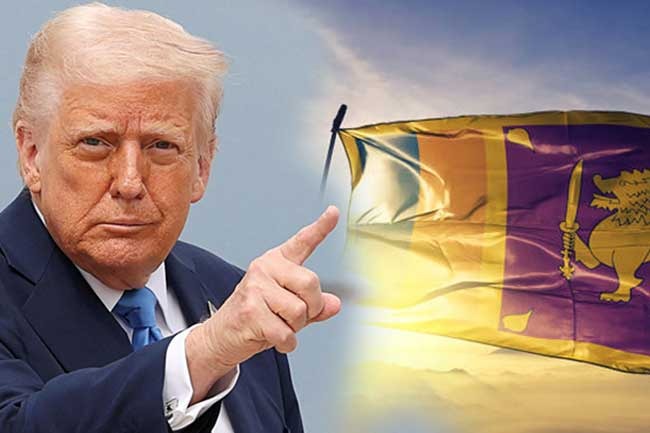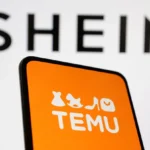
US President Trump’s 20%Tariff Revision Offers Little Relief for Sri Lanka
- CNL Reporter
- August 1, 2025
- News, Political
- US President Trump
- 0 Comments
News Of the Day
Despite a slight 10% reduction from previous rates, Sri Lanka has been slapped with a significant 20% tariff in the latest list of revised reciprocal tariff rates announced by former U.S. President Donald Trump through an executive order. The move, while reducing Sri Lanka’s earlier rate by 10 percentage points, still places the country among a cluster of nations subject to heavy U.S. import duties amid a tightening of trade policy tied to national security and economic alignment.
Sri Lanka now shares the 20% tariff band with other regional peers like Bangladesh, Vietnam, and Malaysia (19%), and is slightly above some nations such as Afghanistan and African states which have been granted a lower 15% rate. By contrast, India—seen as a key economic rival in the region—was hit with a steeper 25% duty, pointing to broader U.S. frustrations with its trade balance and alignment on strategic issues.
Cambodia, which has seen rapid export growth following its macroeconomic reforms and dollarization in the 1990s, secured a slightly more favorable 19% tariff rate. Cambodia’s success in stabilizing its economy and attracting foreign investment by curbing currency manipulation and exchange rate distortions stands in contrast to nations like Sri Lanka, which continue to grapple with structural imbalances.
The executive order cited national security and trade alignment as core justifications for the tariff schedule. “Some trading partners have agreed to, or are on the verge of agreeing to, meaningful trade and security commitments with the United States,” the order noted, adding that such actions “signal their sincere intentions to permanently remedy the trade barriers” that contributed to a “national emergency.”
In contrast, the U.S. administration signaled frustration with other nations that either failed to offer satisfactory terms in negotiations or did not align adequately with U.S. strategic interests. “There are also some trading partners that have failed to engage in negotiations with the United States or to take adequate steps to align sufficiently,” Trump stated in the order.
Sri Lanka’s inclusion in the 20% category comes despite concerted diplomatic efforts. Treasury Secretary Harshana Suriyapperuma led a negotiating team in multiple discussions with the Office of the U.S. Trade Representative, while President Anura Kumara Dissanayake also held direct online consultations in hopes of securing more favorable terms.
However, Trump’s statement leaves the door open for future revisions. “Certain foreign trading partners identified in Annex I to this order have agreed to, or are on the verge of concluding, meaningful trade and security agreements,” he said, hinting that tariff adjustments may be possible “until such time as those agreements are concluded.”
Brazil, which maintains a trade surplus with the U.S., was granted a more favorable 10% tariff following sustained pressure and diplomatic engagement—suggesting that countries willing to strike broader bilateral deals may yet secure relief.
For Sri Lanka, while the 20% rate marks a step down from previous levels, the high tariff remains a barrier to export competitiveness in the U.S. market. Going forward, deeper economic alignment and strategic engagement with Washington could be key to unlocking further concessions.

